With ambition and ingenuity, China again pushed the boundaries of science with its innovative endeavors in 2016. Technological breakthroughs smashed through nature’s barriers, from the highs of space to the lows of deep sea exploration.
Chinese President Xi Jinping has attached great significance to scientific and technological (S&T) innovation. Describing it as the driving force of the country’s development and social progress in May, he also called on the country to establish itself as a world-leading S&T power by 2049 - the centenary anniversary of the founding of the People's Republic of China.
And in 2016, significant steps towards that ambition were taken. The breathtaking moment China’s Shenzhou-11 spacecraft soared into the universe, propelled by a Long March-2F launch rocket amid a deafening roar and flaring blaze, captured the imagination of the nation. And the eyes of the globe were drawn by the unveiling of the world’s largest telescope and fastest supercomputer, as well as China’s first homegrown stealth jets and unmanned autonomous underwater vehicle.
With just a few days until the New Year bell tolls, follow CCTVNEWS on an exciting journey, from thousands of kilometers above the Earth’s surface to the bottom of the ocean as we track China’s S&T footprints in 2016.
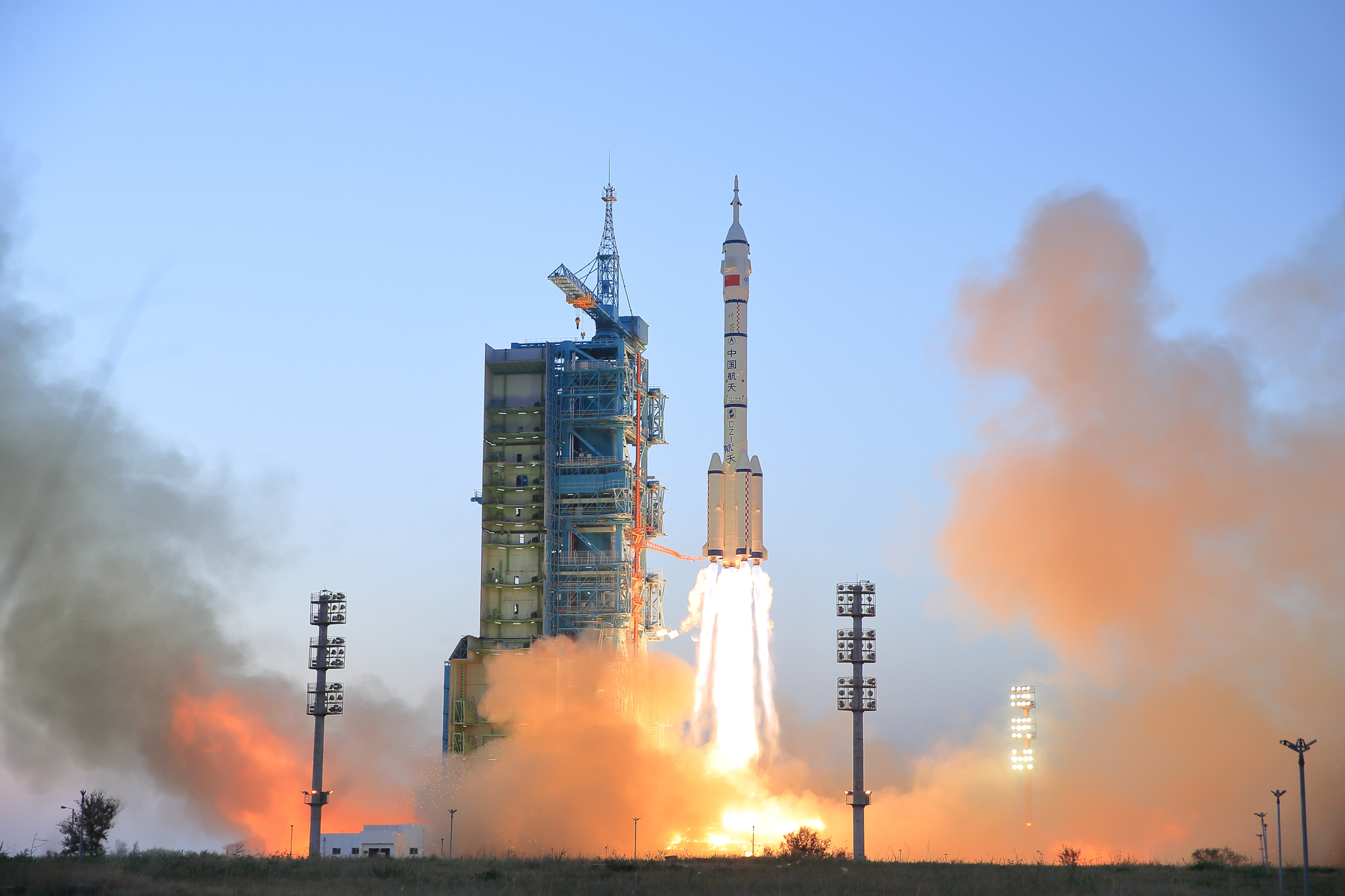
Manned spacecraft Shenzhou-11 blasts off
The Shenzhou-11 manned spacecraft, carrying a two-man crew, blasted off on October 17 from the Jiuquan Satellite Launch Center in northwest China. On the back of a Long March-2F carrier rocket, it headed into orbit a month after the launch of China’s second space lab, Tiangong-2.

China’s longest manned space mission accomplished
Chen Dong and Jing Haipeng, the two astronauts carried by Shenzhou-11, successfully entered the Tiangong-2 space lab on October 19.
President Xi spoke with the two-man crew on November 11 from Beijing Aerospace Control Center. Sending his best wishes to the astronauts, Xi also expressed hope that they could overcome difficulties and successfully conclude their mission.
Staying in the space lab for a total of 30 days, the pair completed China’s longest-ever manned space mission, and helped bring the country one step closer to its goal of carving out a permanent presence beyond Earth.
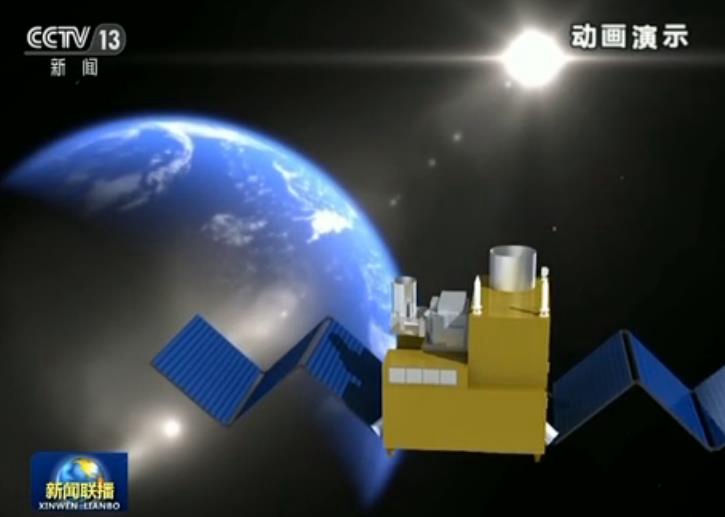
The world’s first quantum satellite “Micius” undergoes orbit test
On August 16, China launched the world’s first quantum satellite from Jiuquan Satellite Launch Center in northwestern Gansu Province. The move established China as the first country to implement quantum communication between Earth and space.
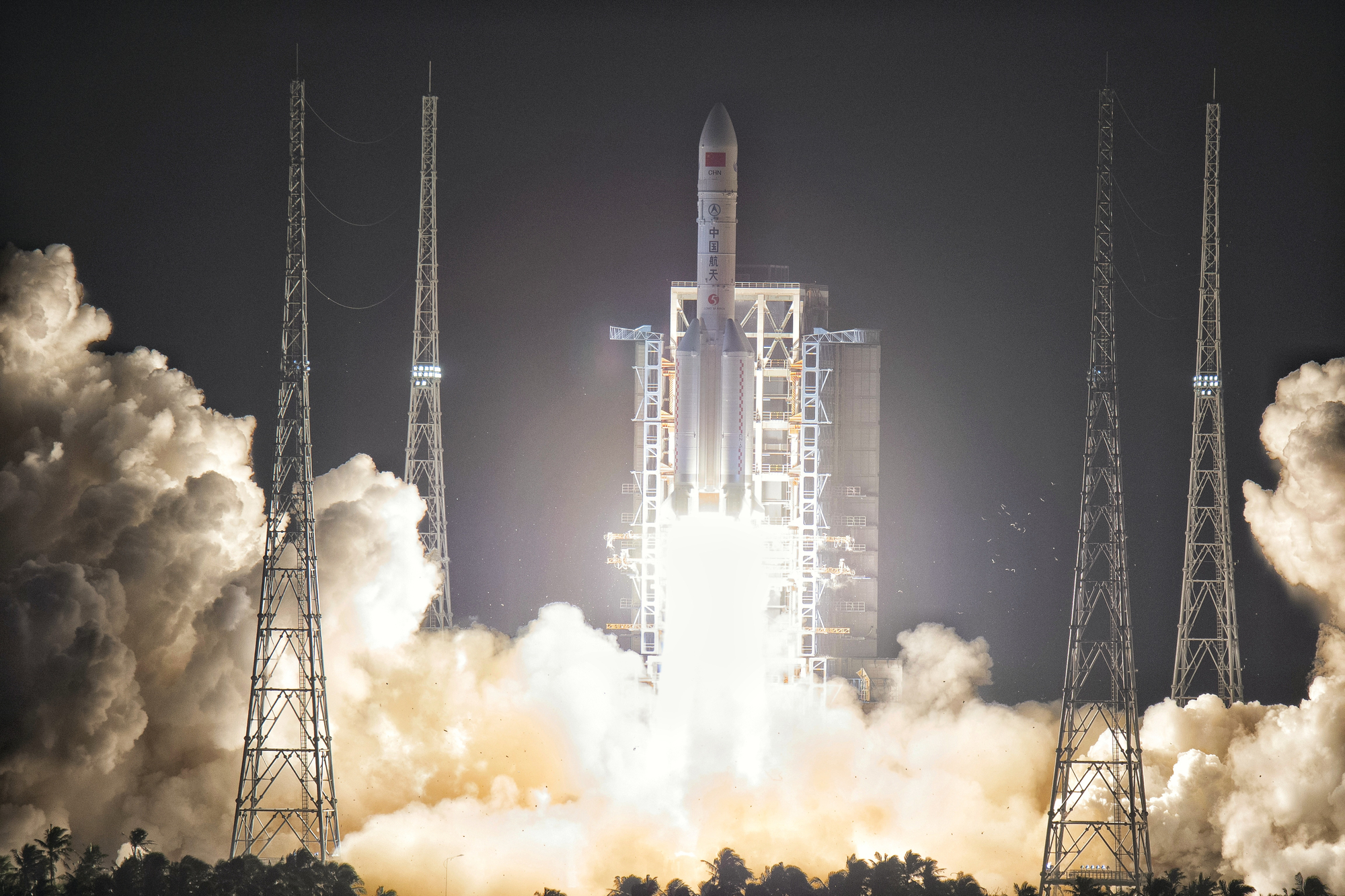
China’s largest-ever carrier rocket soars into space
China on November 3 sent the Long March-5, the country’s largest-ever carrier rocket, into space from the Wenchang Spacecraft Launch Site in southern Hainan Province.
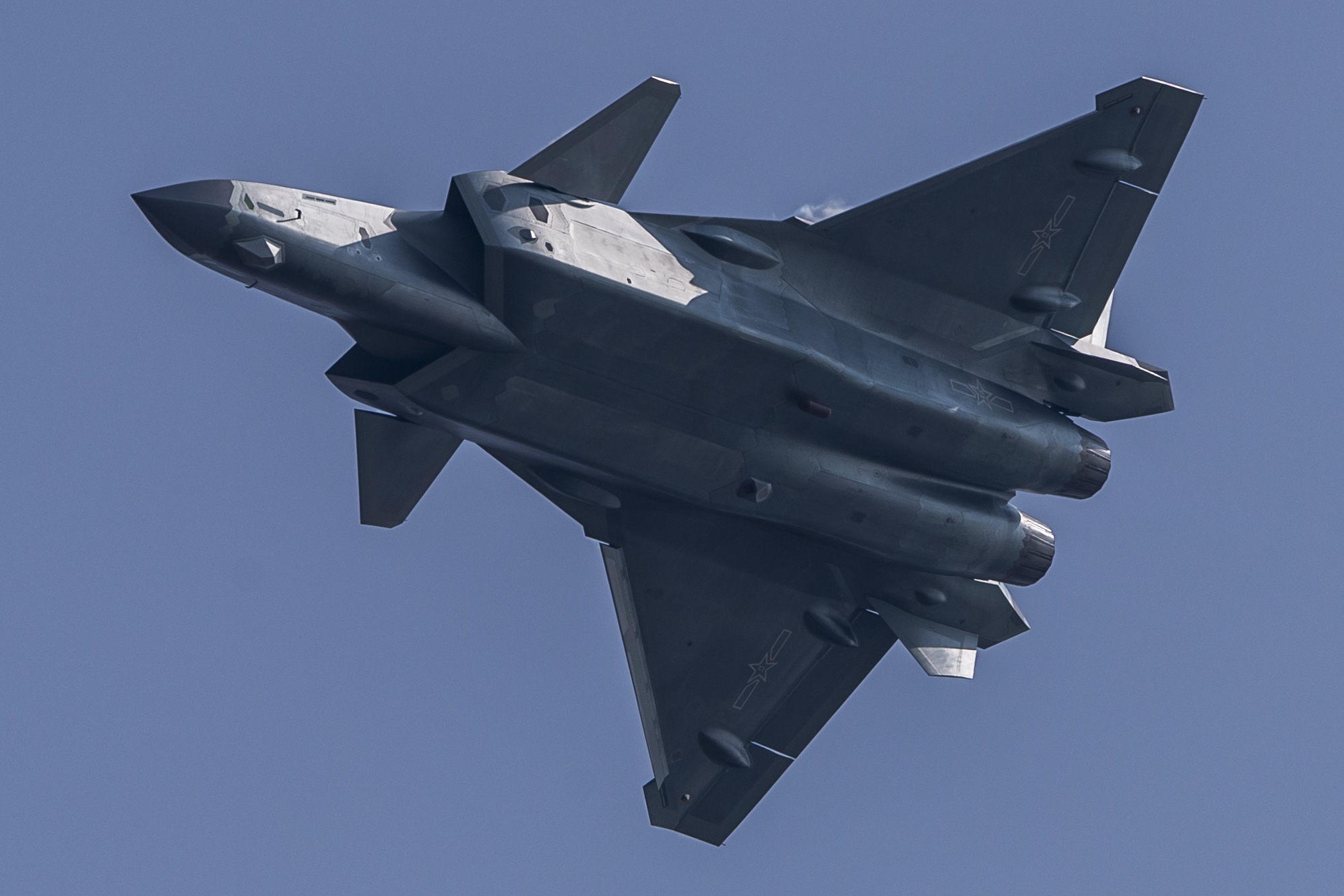
The J-20, China’s fifth-generation stealth fighter, unveiled to the world
Two J-20 stealth fighters made their first public appearance on November 1 at the opening ceremony of Airshow China, the country’s biggest aviation event. The jets are China’s fifth generation of domestic-built long-range, radar-avoiding stealth combat aircraft.

AG600, the world’s largest amphibious aircraft, revealed
The AG600, China’s first homegrown amphibious aircraft, is the largest of its kind in the world. It made its public debut on October 30 at the 11th China International Aviation and Aerospace Exhibition in Zhuhai, south China’s Guangdong Province.
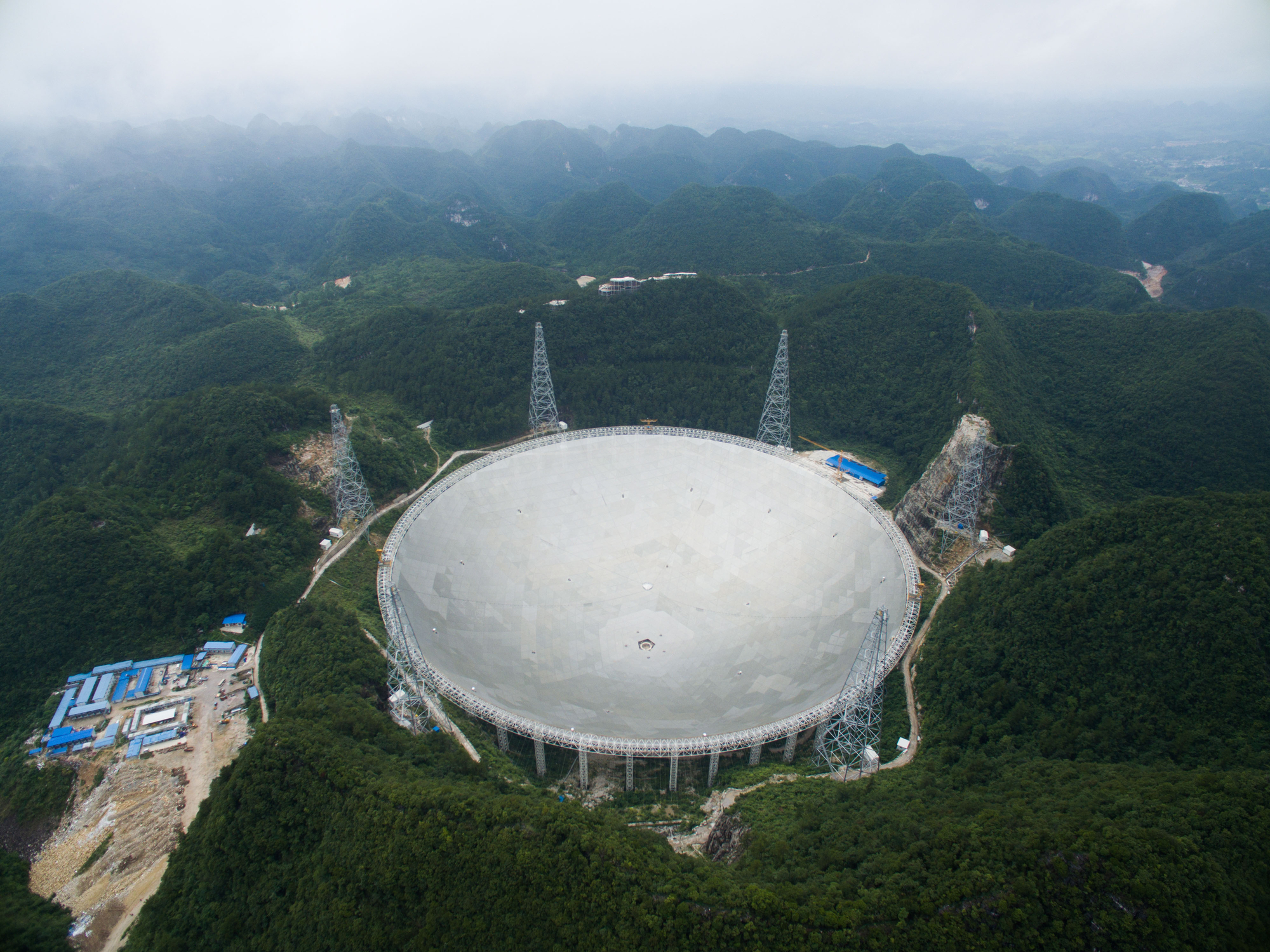
The world’s largest radio telescope ‘FAST’ put into use
The world’s largest radio telescope, the Five-hundred-meter Aperture Spherical Telescope (FAST) officially started operation on September 25 after 22 years of research and five years of construction. By detecting and collecting signals from space, the super-sensitive telescope is set to facilitate the search for darkest depths of the universe as well as intelligent alien life.
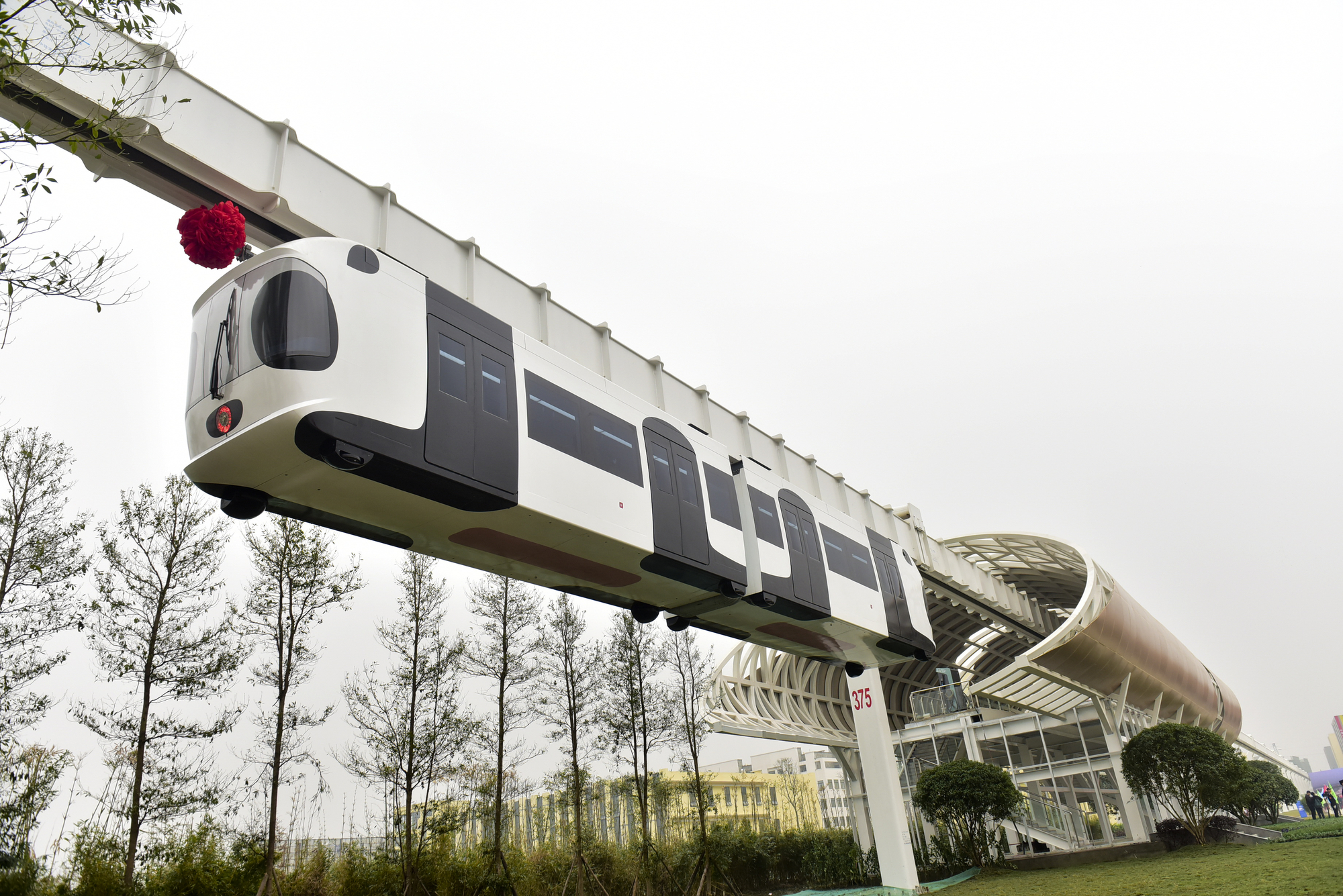
China’s first self-developed ‘sky train’ trialed
China’s first self-developed suspension railway completed a test run on November 21 in Chengdu, southwest China’s Sichuan Province. The lithium-powered train could run at speeds of up to 60 kilometers per hour with over 100 passengers in each of its carriages.
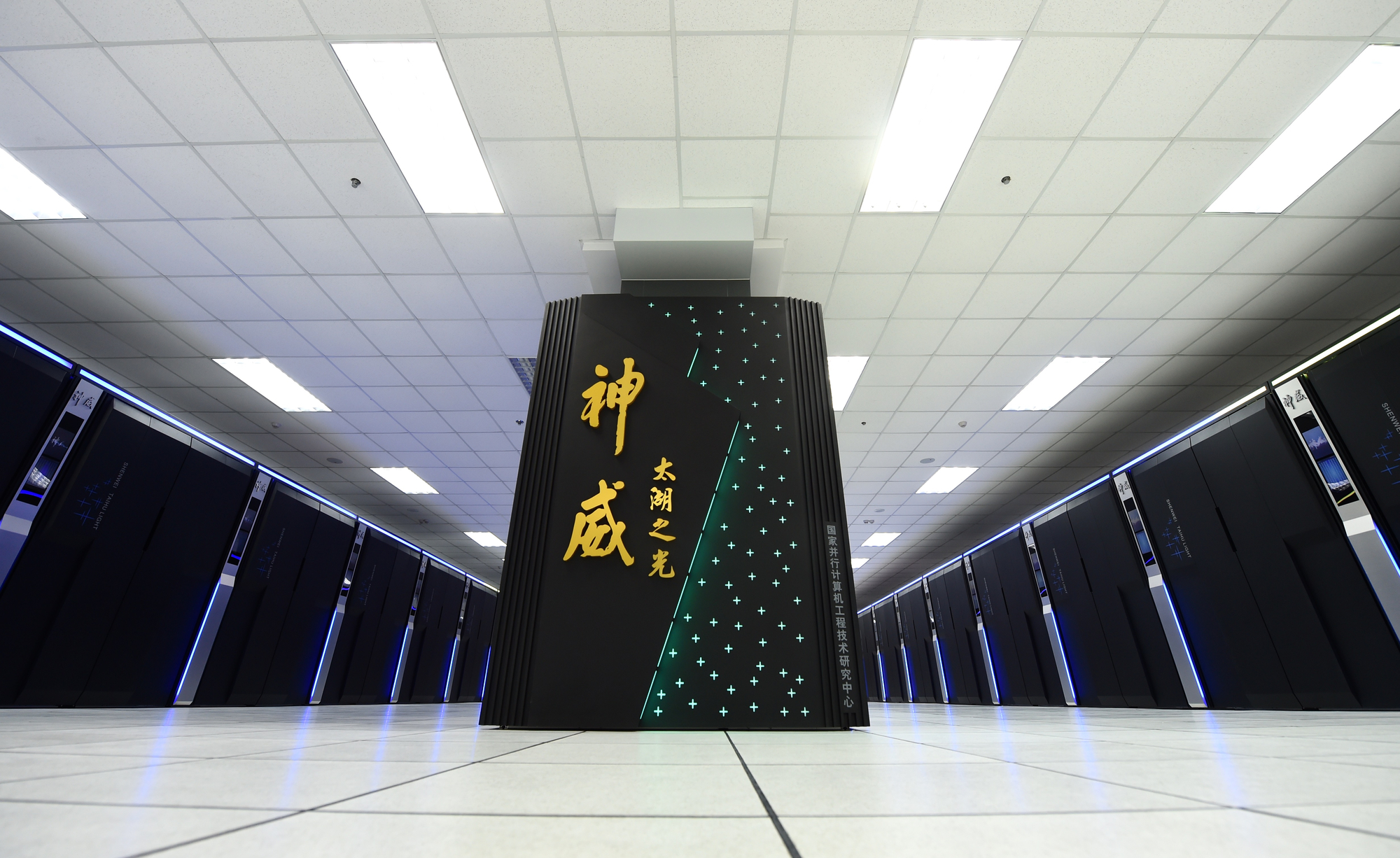
Sunway TaihuLight recognized as world’s fastest supercomputer
China’s domestically-designed supercomputing system, Sunway TaihuLight, was named the world’s fastest supercomputer in the 48th edition of the Top 500 list of supercomputers, released on November 15.
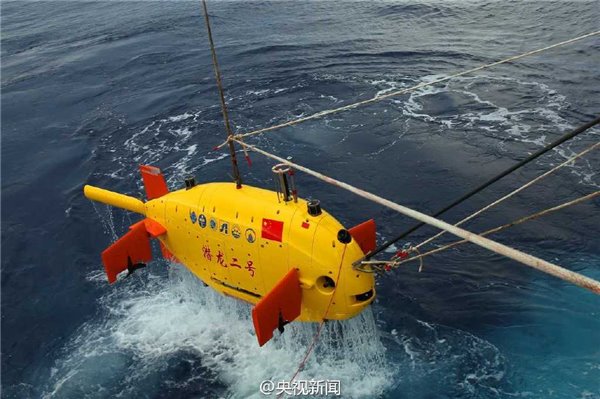
China’s unmanned submersible Qianlong No.2 completes maiden dive
Qianlong No.2, China’s self-developed unmanned autonomous underwater vehicle, on January 12 completed its maiden dive in the southwest Indian Ocean. With a maximum diving depth of 4,500 meters, the robot is expected to further promote China’s proficiency in the exploration of ocean landforms, hydrothermal sulfides and magnetism.

(Story by Cai Mengxiao)









